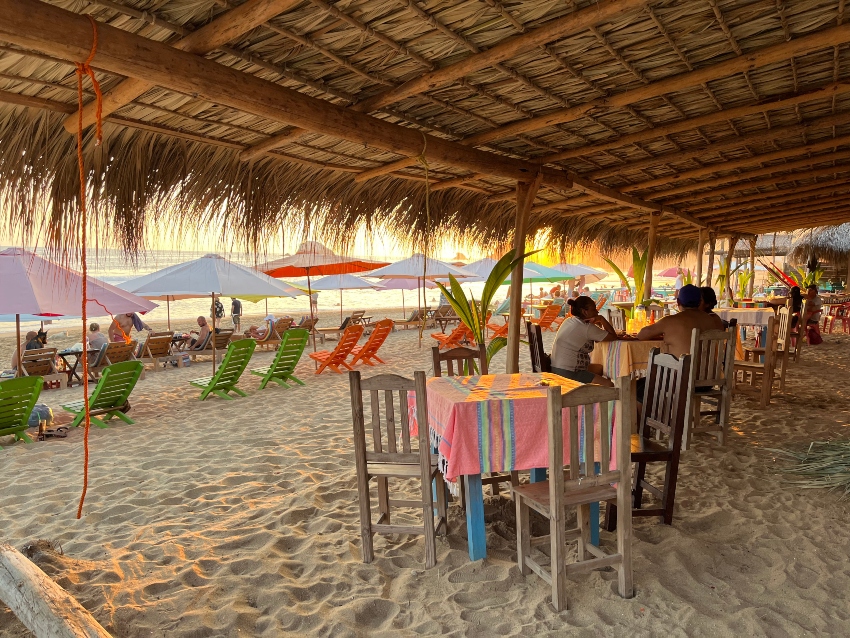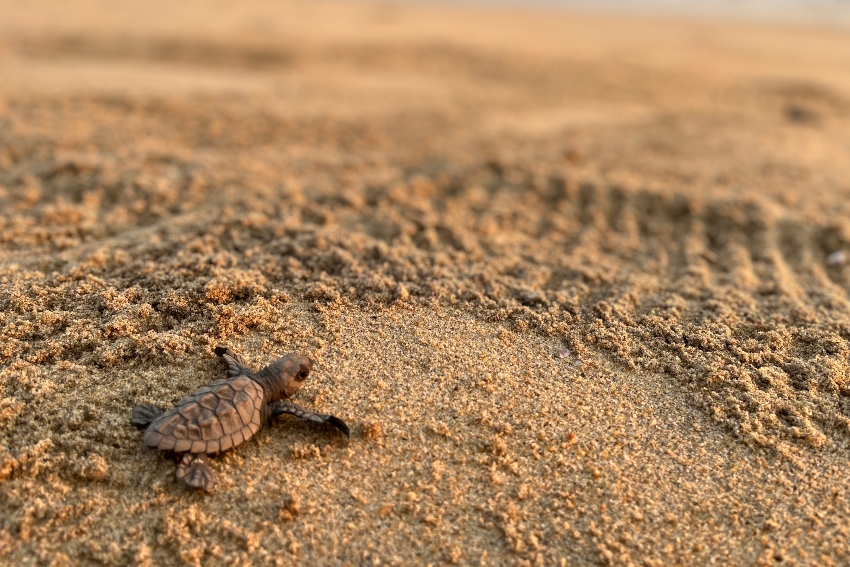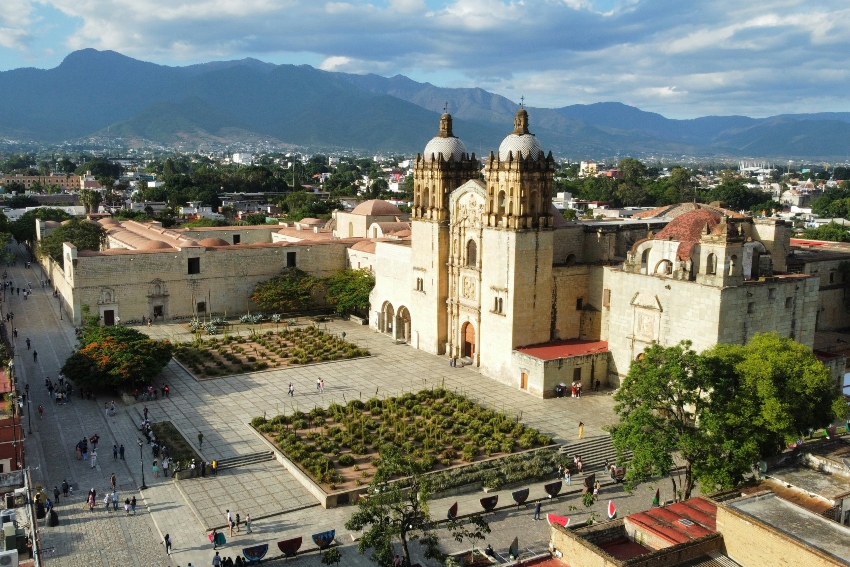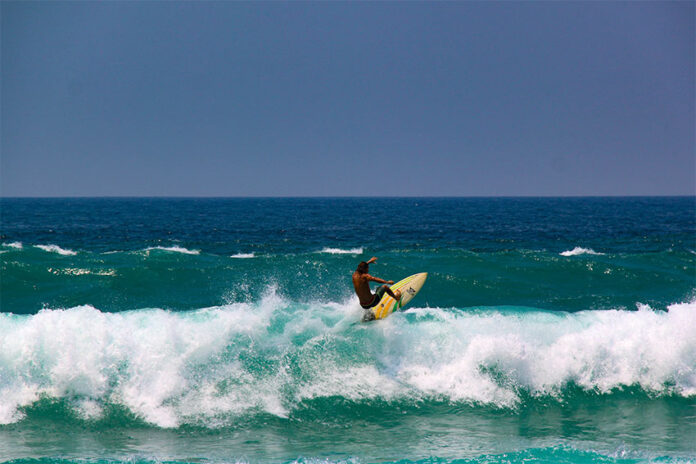Mention surfing and Hawaii immediately comes to mind. Dubbed the surf capital of the world, Hawaii is a name that echoes with the power of legendary breaks and surfing lore. The North Shore’s iconic, thunderous waves have long been the ultimate prize for surfers. But is it possible that a wilder, more untamed surfing paradise has been waiting for its moment?
As a travel writer who has spent the past 15 years chasing horizons, I’ve learned that the greatest thrills come from discovering incredible, lesser-known places. This series is born from that spirit of discovery, dedicated to uncovering the soul of my beloved adopted home, Mexico.

In this installment, we’re going on a pilgrimage to the heart of Mexico’s surf culture. On the coast of Oaxaca, the Pacific Ocean carves a coastline with the same raw power and epic scale as Hawaii, but offers a magic of its own. If you’ve ever felt the pull of a Hawaiian swell, prepare to be captivated by Mexico’s most inviting surf town: Puerto Escondido.
Hawaii vs Puerto Escondido
But how can a laid-back beach town in Oaxaca possibly measure up to the surfing mecca of Hawaii? More than you’d think.
They may have very different cultural backdrops, but the surf scene is strikingly similar. You’ll find the same tribe of sun-bleached surfers, a mix of die-hard locals and international wanderers, all drawn by the call of the ocean. And when the day’s last set has rolled in, you’ll find them in the same kind of place: palapa (thatch-roofed) beach bar, swapping stories over cold beers and watching the sun dip below the horizon.
Both Hawaii and Puerto Escondido offer dramatic coastal scenery and warm, inviting waters year-round. This shared natural playground is also teeming with marine life. It’s not uncommon in either location to be joined on a wave by a pod of playful dolphins or to see humpback whales breaching offshore during their migration season.
The lure of Hawaiian waves
Hawaii’s reputation as the birthplace of modern surfing is well-earned. It’s legendary breaks, like those on the North Shore of Oahu, are synonymous with massive swells, daring maneuvers and a rich history that has shaped the sport. But Hawaii is also notoriously expensive: the airfare, hotel and food prices are all exorbitant. And the most famous breaks here are fiercely competitive and crowded.
Enter Puerto Escondido, often dubbed the “Mexican Pipeline” for good reason. This vibrant town on Oaxaca’s coastline is home to some of the most consistent and powerful surf in North America. Here, the Pacific Ocean delivers challenging waves year-round, regardless of the season, particularly at the famous Playa Zicatela.

The 10-kilometer (6.2-mile) stretch on Zicatela has even been chosen as the 14th World Surfing Reserve by the Save The Waves Coalition, a nonprofit dedicated to protecting surf ecosystems around the world. For several years, they’ve been on the ground working with locals to strike a balance between tourism and taking care of the environment.
And there’s so much to protect here beyond the surf. The coastal ecosystem around Zicatela hosts critically important terrestrial and marine biodiversity. In fact, the beach is a super important nesting habitat for three different species of sea turtles: olive ridley, black turtles and the critically endangered leatherback.
Highlights of Puerto Escondido
Of course, Puerto Escondido is just one of the many beach towns poised on Oaxaca’s impressive 530-kilometer (330-mile) coastline. While Playa Zicatela is most suitable for advanced surfers, La Punta at the southern end offers a more mellow point break perfect for intermediate surfers looking to improve their skills. Beginners taking surf lessons or anyone looking for a safe spot to swim and relax should head to Playa Carrizalillo, a picture-perfect cove with calmer waters.
Beyond the sand, there’s plenty to do in Puerto Escondido. For a true slice of local life, dive into the vibrant Benito Juárez market. It’s the perfect spot to grab some amazing street food and see daily life up close. If you’re an animal lover, you absolutely have to book a boat trip to see dolphins in the wild. Time your visit for winter (December to March) and you might just see humpback whales breaching, which is truly a life-changing sight.
My favorite adventure of all was releasing baby turtles on Playa Bacocho at sunset with Vive Mar, a non-governmental organization that works tirelessly to protect turtles that nest along this coast. Holding the babies in our hands and then watching them make their way into the ocean was a truly emotional experience for my daughter. We also learned a lot about the turtle species that live in Mexico at the National Mexican Turtle Center in Mazunte, an hour’s drive along the Oaxacan coastline.
How to make the most of your visit
Getting to Puerto Escondido is much more convenient now than ever, with an international airport served by major Mexican cities. But if you have time, I strongly suggest flying into Oaxaca City and combining your surf trip with a cultural exploration of the historical city. Old town Oaxaca is not just the street food capital of Mexico but also a UNESCO World Heritage site brimming with cultural sites and artisanal markets.

The brand new superhighway connecting Oaxaca City to Puerto Escondido has dramatically reduced travel time, transforming a winding 6-7 hour drive into a comfortable 2.5-3 hour journey. You can easily experience the best of both worlds: the vibrant arts, cuisine and history of Oaxaca City, followed by the sun-drenched beaches and incredible waves of Puerto Escondido in one trip.
A surfing paradise
The bottom line? Puerto Escondido isn’t just a stand-in for Hawaii. It’s the whole epic surf trip — monster waves, rustic beach bars, a buzzing scene and jaw-dropping scenery — but with a refreshingly chill vibe and a price tag that leaves plenty of cash for post-surf tacos and mezcal.
The draw of Puerto Escondido is no longer a secret in Mexico. However, it’s hardly known outside of the country. You won’t find the crowds of Cancún or Puerto Vallarta, but expect to kick back on laidback strands with world-class swells and thatch-roofed beach huts, wrapped up in the warm, authentic spirit of Mexico.
Nellie Huang is a self-proclaimed Mexico-holic based in San Miguel de Allende. She’s the author of Lonely Planet’s Mexico guidebook and has written hundreds of articles on Mexico for various publications. Read about her adventures worldwide on wildjunket.com and follow her updates on Instagram @wildjunket.
